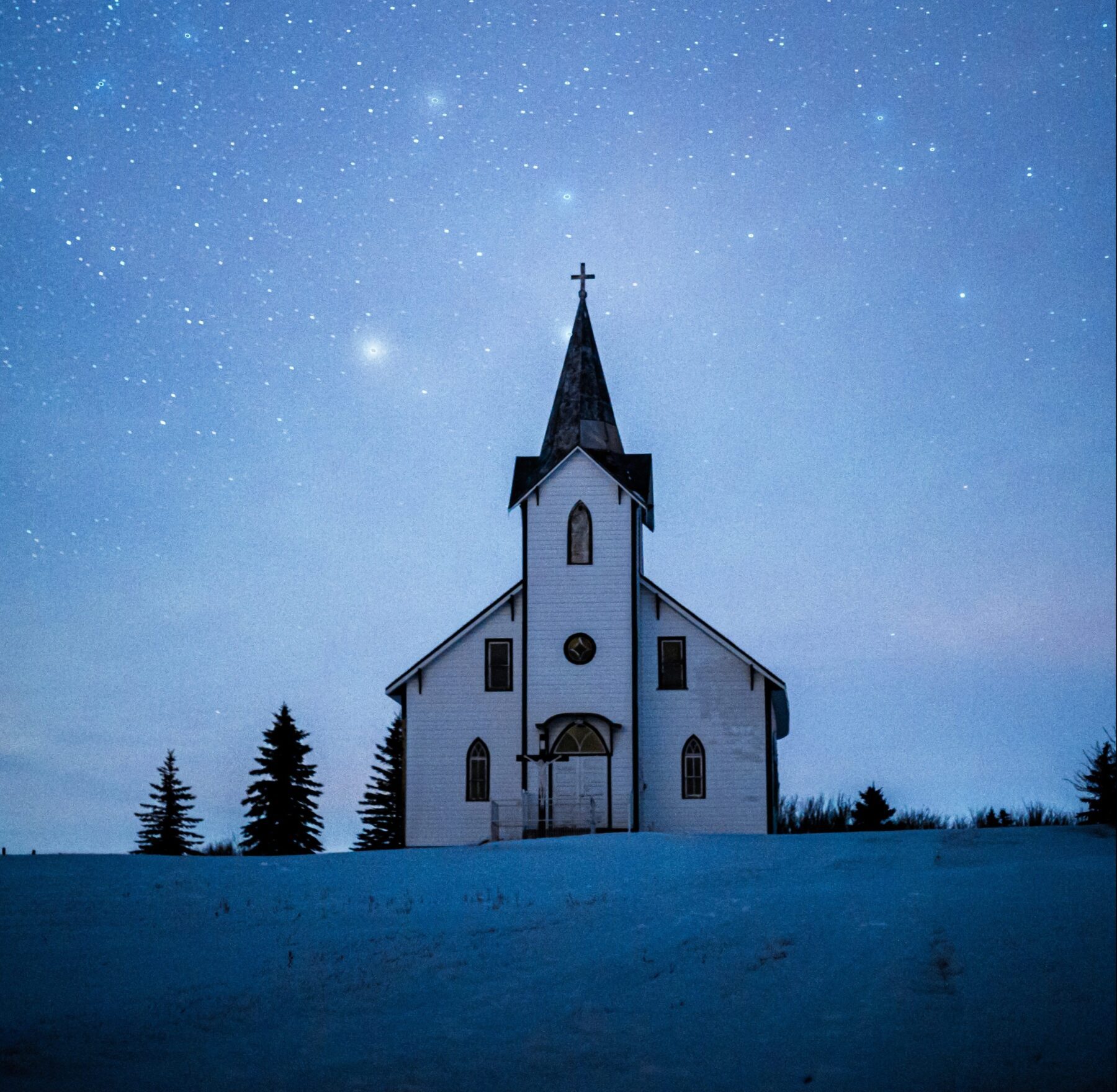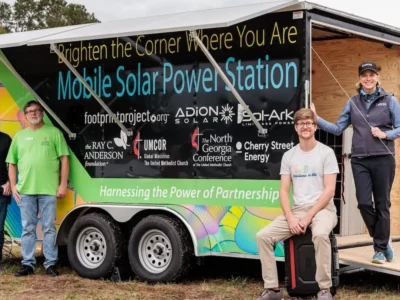Until now, it has been challenging for houses of worship to access funding to support their energy cost savings goals without a private donor or internal fundraising. However, now, the Department of Energy will soon launch a pilot program for competitive grants for nonprofits and houses of worship to make energy cost savings improvements to their facilities.
The $50 million dollar grant program is part of the funding made available through the Inflation Reduction Act and Infrastructure Investment and Jobs Act. The program—DOE Energy Efficiency Materials Pilot Program—will be open to 501c3 organizations to supplement the cost of energy saving materials and lower energy consumption products. Although a minimum grant level has not yet been determined, grant funds will be capped at $200,000.
The Department of Energy is still working on the structure and steps for application, which should be determined and finalized in the next few months.
Although the program is not quite ready to roll out, there are steps you can take now to be prepared, once the grant application opens.
“Energy efficiency is always a good thing.”
On a webinar with leaders of nonprofits and houses of worship throughout the country, hosted by Interfaith Power & Light, the Environmental and Energy Study Institute presented more details about the program, what remains to be determined, and why this project is so valuable.
Daniel Bresette, Executive Director of the Environmental and Energy Study Institute, emphasized the benefits of energy efficiency. “Energy efficiency is always a good thing,” he said. It saves money that can be reinvested into your core mission. It improves the long-term sustainability of your facilities. It contributes to the health and wellness of our communities. And it sets an example of environmental stewardship and creation care for others in your community.
The funds for the program can be used for a product, piece of equipment, or system that results in a reduction of energy or fuel consumption, including roofs, lighting systems, doors, insulation, wiring and plumbing, and HVAC systems.
Grant criteria will be performance based, which means they will give priority to applications that can show the energy savings achieved, the cost-effectiveness of the use of energy-efficiency materials, and the plan for implementation as well as other funding.
Steps to Prepare Your Church or Organization
While the DOE finalizes its grant application process, you can be preparing your congregation for potential grant eligibility.
The first step is to learn about how energy is currently being consumed in your buildings. Catalog your heating and cooling equipment, including the make, model, fuel source, and age of this equipment, as well as appliances and lighting that is currently installed in your buildings.
Next, consider forming a green team (or reinvigorate your existing one). Cool Congregations offers start-up kits for houses of worship that want to begin to take steps to operate greener. This group can work together to set priorities, plan, and implement projects related to energy efficiency and other measures to operate your facilities and property smarter.
Take time to benchmark your building so that you have a full year’s worth of data from your utility bills. Include in this benchmark process the address, construction date, floor area, occupancy, and irrigation area for your property. This information can be tracked in the ENERGY STAR Portfolio Manager software tool to evaluate the current energy efficiency of your buildings. If the ENERGY STAR platform is too intimidating, Cool Congregations offers access to a Congregational Calculator that allows you to track and measure the same data points as ENERGY STAR. You can also request an energy audit from your utility company. Audits are usually free and can open your eyes to any potential energy leaks.
Based on your current benchmark, you will want to define what success looks like for your organization. Set energy efficiency goals and consider how you will measure and report savings over time.
All of this information will allow you to be prepared and positioned for success when the grant period opens. With this work in place, you will be ready to take on the goals and initiatives your organization has for improving energy efficiency.
The federal government isn’t the only body that is seeking to fund energy projects like this one. Investigate your own denomination to see if they offer financial support, low-interest loans, or grant funds to offset or fully cover the cost of your energy efficiency improvements.
Keep watch for the launch of this program in the coming year—these funds could make a world of difference for your house of worship!





 Copyright
2024
Root and Vine
Copyright
2024
Root and Vine